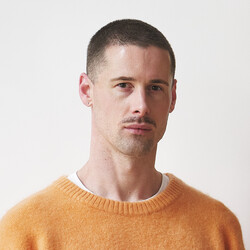Notes
B.
Bulletin
New Zealand's leading
gallery magazine
Latest Issue
B.22001 Jun 2025
Contributors

Notes
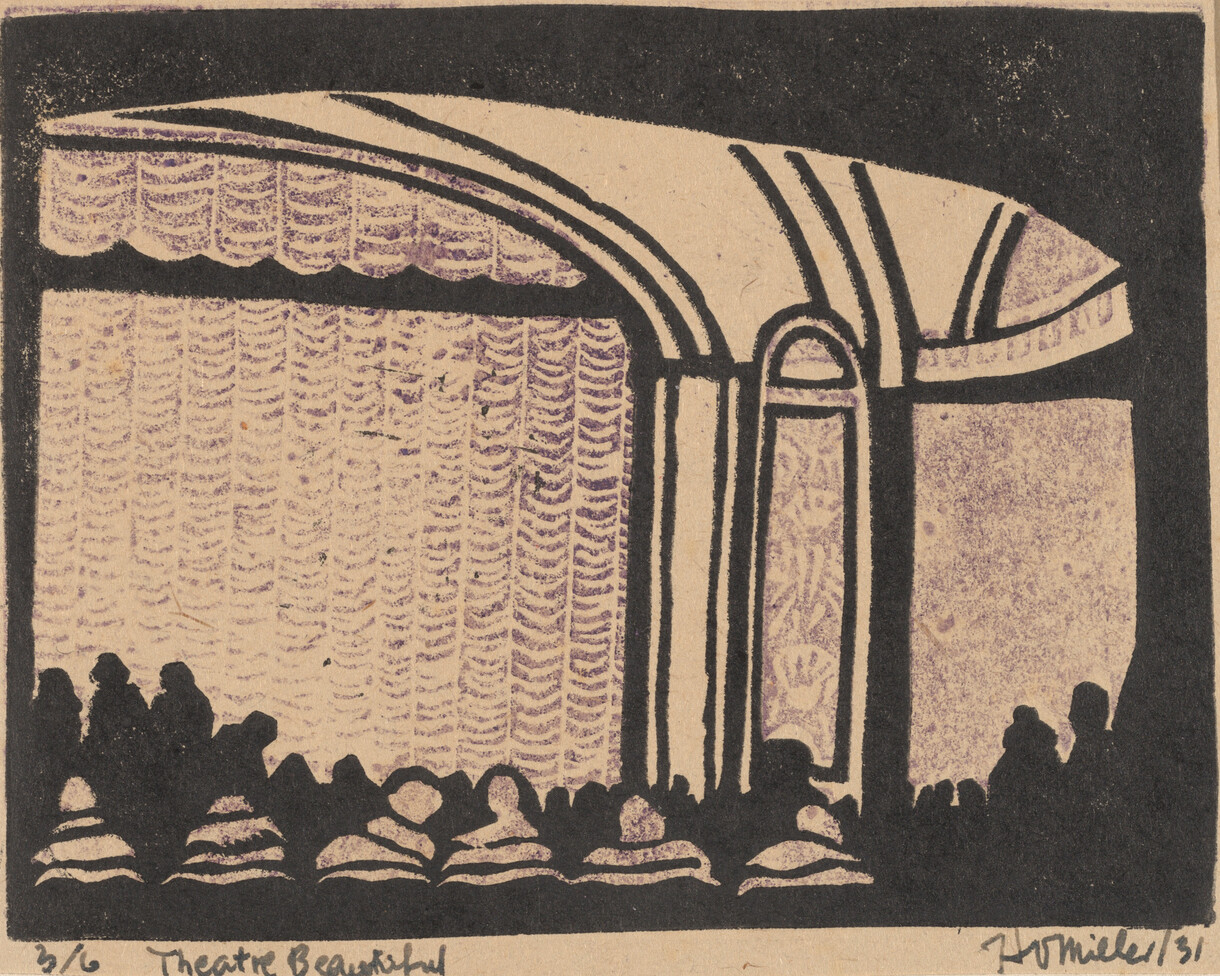
Theatre Beautiful
One thing I’m really looking forward to when life returns to a new sense of normality in a post-Covid19 world is visiting a movie theatre – a treat I’ve taken for granted until a couple of weeks ago. In Theatre Beautiful, Dunedin artist Harry Vye Miller captures the bustling busy interior of Dunedin’s Regent Theatre which opened in the city’s Octagon in 1928. Miller enjoyed this theatre and is known to have attended the opening night. The building thankfully remains fully intact and is one of the gems of Dunedin’s architectural heritage.
Notes
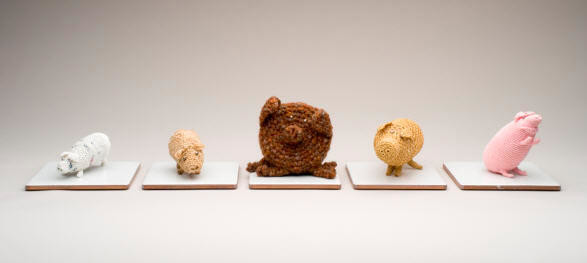
Five Little Piggies
Violet Richards, daughter of our Registrar Gina Irish, recites This Little Piggy Went to Market.
Two hands, right? So play it twice, once for washing each hand.
Notes
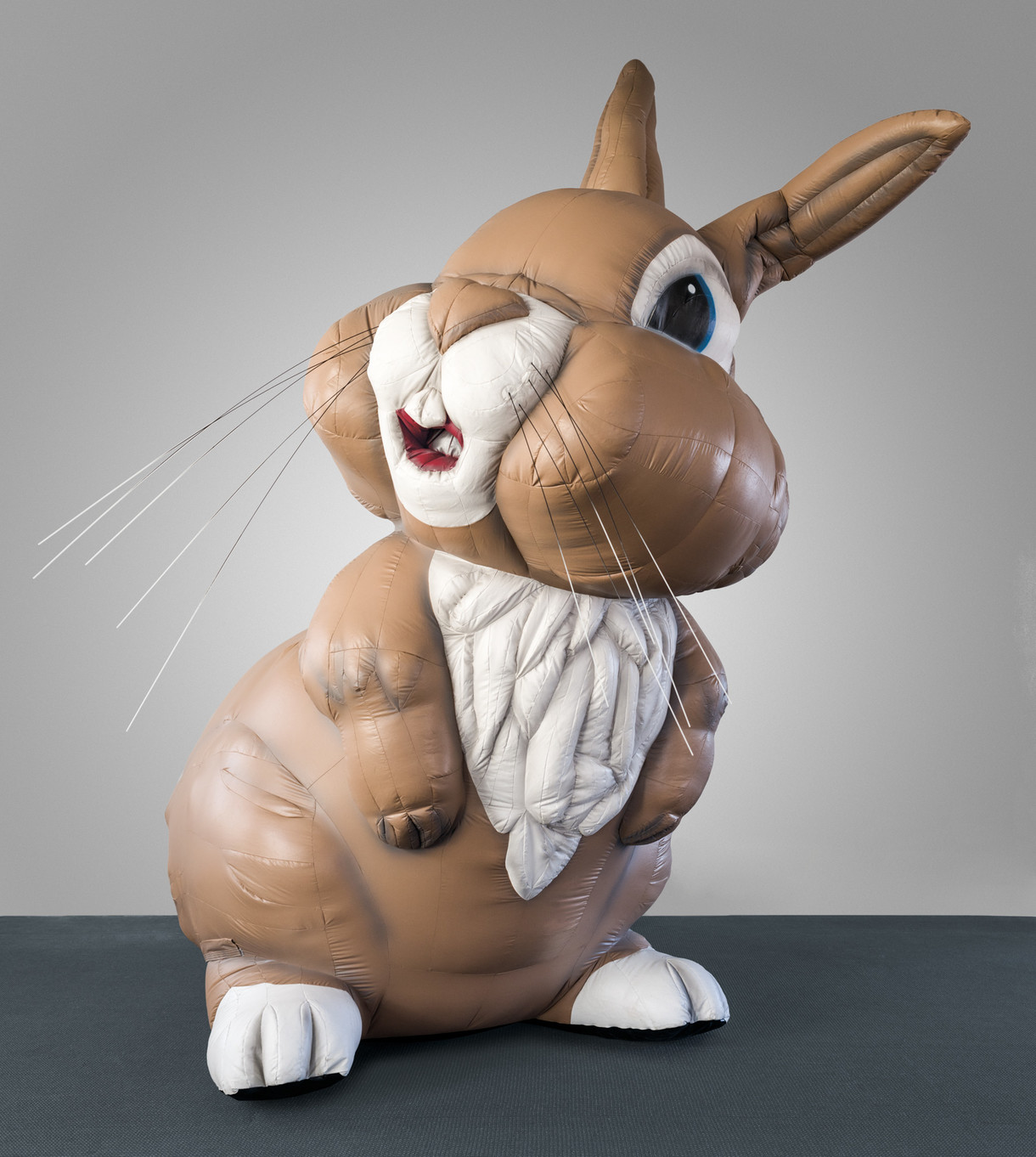
Colouring in: Cosmo McMurtry
Cosmo looks a lot like the Easter Bunny to me – and luckily for us Jacinda Ardern has confirmed that the Easter Bunny and Tooth Fairy are considered essential workers while we're in lockdown!
Notes
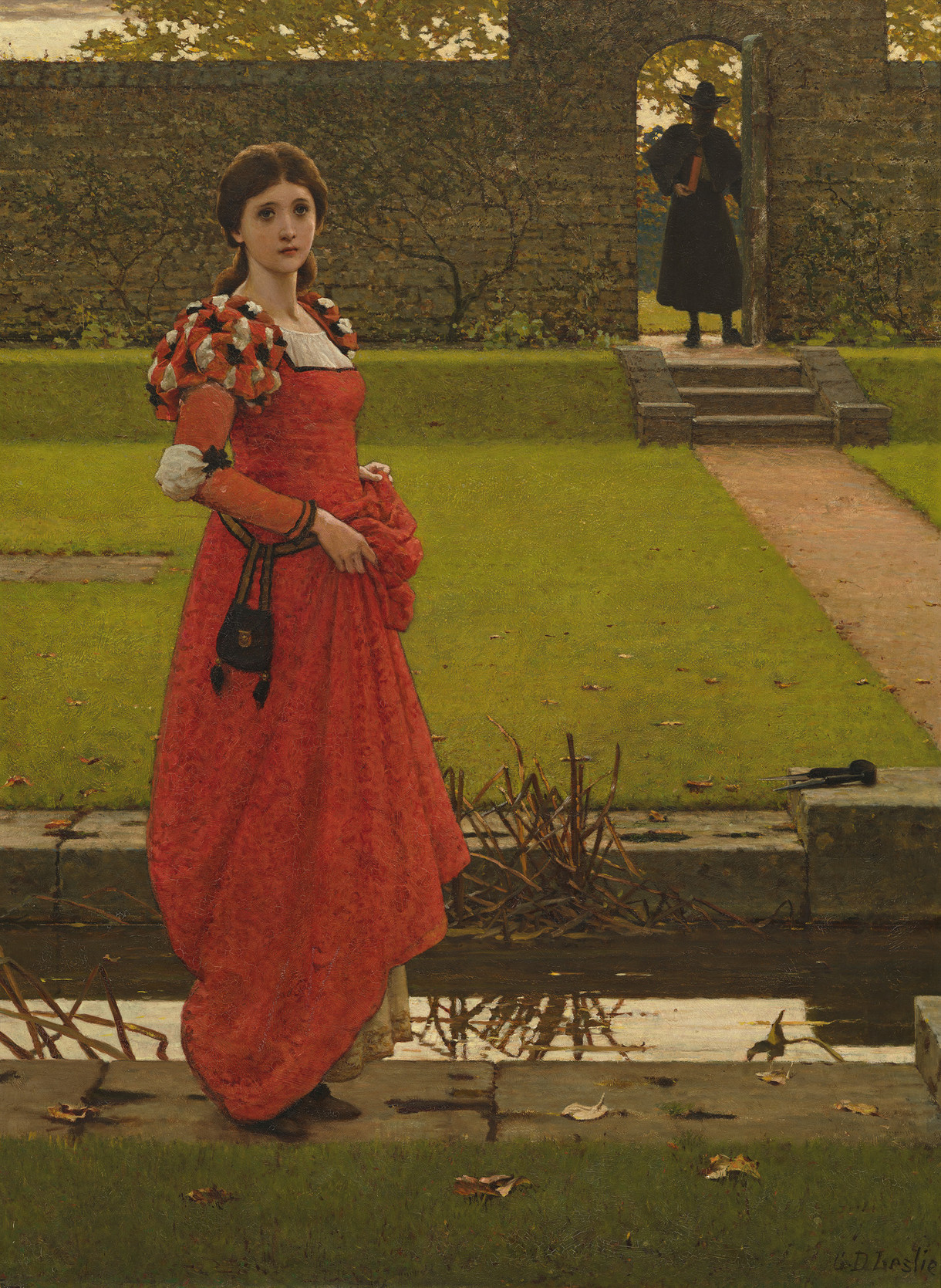
Colouring in: In the Wizard's Garden
This painting looks as if there’s a story happening in it. What do you think that story is?
Notes

Colouring in: Nathaniel Webb, Esq., of Roundhill Grange, Charlton Musgrove, Somerset
This painting was made around 300 years ago, so it’s quite old. The man in the picture was called Nathaniel Webb. In his portrait Nathaniel wears very fine clothes and a wig. It seems strange to us now but at that time it was a popular fashion for rich men to cut their own hair short and wear a wig.
Notes
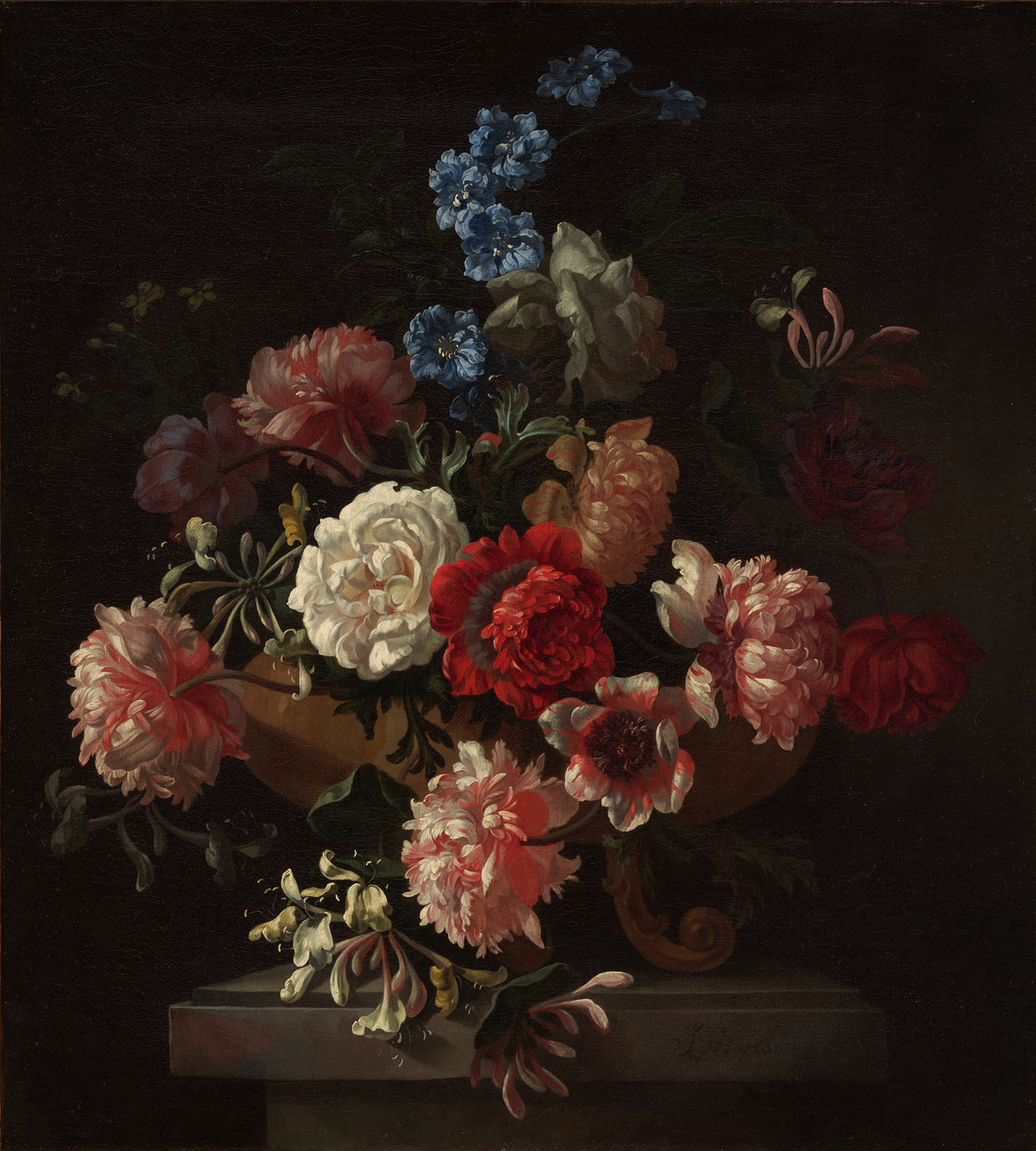
Colouring in: Flowers in a Vase
This lovely painting of flowers was painted a very long time ago, about 1685. It is called a still life, which is a drawing or painting of an arrangement of everyday objects.
Notes

Blue Globe: Stories from Christchurch Art Gallery Te Puna o Waiwhetū
You are invited to take part in Blue Globe: Stories from Christchurch Art Gallery Te Puna o Waiwhetū. It’s a chance to feed your curiosity, feel inspired and challenge your creative side. And it’s easy. All you have to do is choose any artwork from the Gallery’s collection online and create a short piece of writing inspired by it.
Notes

He Toka Tū Moana
The Māori whakataukī or proverb “He toka tū moana” uses the image of a rock that stands firmly in the ocean to describe someone steadfast and strong in their culture or beliefs, who defies all opposition.
Notes
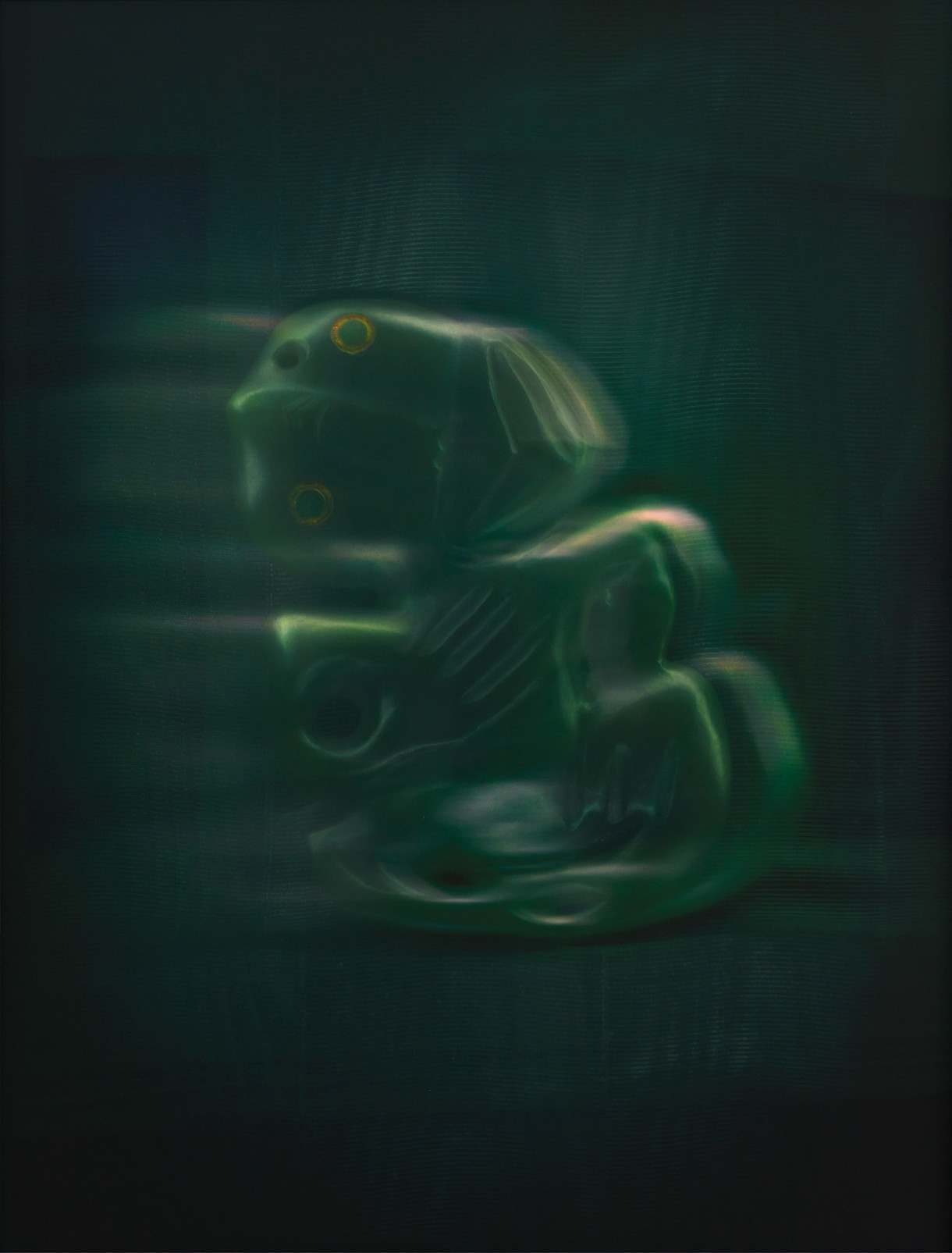
Puta Noa I Te Ao / In the World
Artists from Aotearoa New Zealand are often well-travelled. Feeling the distance of Aotearoa from the world’s centres of art, they have often been drawn overseas to study and work, contributing to the art history of their adopted countries as well as this one.
Notes
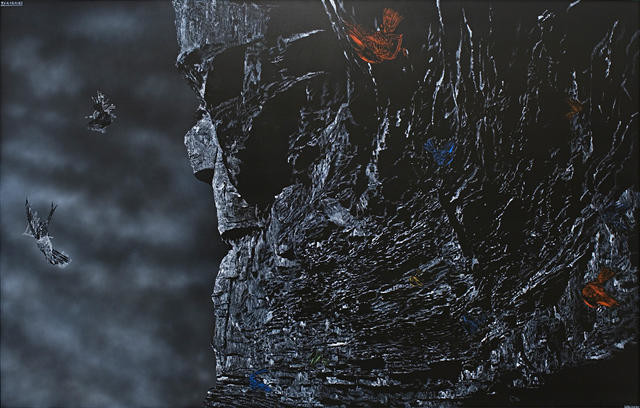
He Ara / Pathways
Aotearoa New Zealand is part of a submerged Pacific continent, which broke away from the Gondwana supercontinent millions of years ago to create two major islands – Te Ika a Māui / the North Island and Te Waipounamu / the South Island.


